The capacity for people to give of themselves even in hard times is a wonder of the human spirit. Recently this was evident as a forgotten cemetery behind a Hindu temple in Hong Kong was saved by an eager crowd of volunteers.
Arianne Baldesimo, a Filipino teacher who calls Hong Kong her home, has been in the Hindu Temple at Happy Valley at 8 am for three consecutive Saturday mornings. She put in over eight hours of laborious work to restore a cemetery of fallen South Asian soldiers of the British Army. Arianne is one of the 168 volunteers who freely gave their time to clear overgrown vegetation, painstakingly carry heavy bags of cement over a steep flight of stairs leading to the cemetery, dig, mix, pave, and clean, all to give back the much needed respect and dignity to the untended and overgrown South Asian Hindu Cemetery.
The Cemetery is a very old site that was gifted to the Hindu Community in the early 1900s and is now being run by the Hindu Association. Forgotten for decades now, the most prominent facet of the site is a white granite memorial that has the names of eight Indian, Sikh, Pathan soldiers etched on it, honouring their services during World War I.
Azan Marwah, a Hong Kong-based lawyer, along with social worker Jeffery Andrews initiated the restoration work when Azan visited the site on Remembrance Day and found it in a dilapidated state. Jeffery then put out a post on social media, asking for volunteers, and 50 volunteers got together on 6 March to start the first week of restoration work.
“We will be super respectful of the temple and the dead who are here,” Azan said to the volunteers before starting work on week one. “The graveyard is in a shambles and what we are doing today … we cannot do without you volunteers.”
A famous quote by Elizabeth Andrew says “Volunteers do not necessarily have the time; they just have the heart,” and this could not have been more apt for this restoration project. Volunteers turned up in huge numbers from several nationalities, with different skill-sets, from different walks of life, with enthusiastic participation from seven-year-olds to seventy.
Families finding community
Mei Ling, an Australian national, volunteered with her husband and children, nine-year-old Kasper and seven-year-old IIsa. “We felt it was time for them to be active members of the society,” said Mei. “We had looked at a few volunteering options and found this particular project the perfect introduction for our family.” Mei applauded the volunteers for being welcoming and the organisers for finding suitable responsibilities for the children to do. “It made them feel like they had made positive contributions,” she confirmed.
The community-driven restoration work was a healing process for a father whose daughter was buried in the cemetery in 2015. Jeffery shared a touching story where he received a message from the father. “He was stunned that so many of us were involved in executing this project. He came and worked with us, and it was so beautiful to see him clean up his daughter’s memorial,” he explained.
The work was labour-intensive. Human chains were made to move around 5 kilogram bags of stones, sand, and 45kgs of cement powder to the top of a huge flight of stairs. There was a lot of digging and levelling the ground, before laying down the 5 to 10 centimetres thickness of cement across the whole cemetery.
Volunteer Dr Michael B C Rivera, a Filipino-Chinese anthropologist and archaeologist trained in Cambridge, thought the restoration work was really meaningful. “As someone who studies human beings, human societies as an anthropologist and the human past on how to take care of graves and memorials as an archaeologist, it was the perfect project to volunteer for Jeff (Jeffery), and when he first posted the advert on Facebook, I was really interested in taking part.”
Michael’s skills were put to use when the volunteers encountered two hidden memorials that had to be restored with a lot of care to avoid being damaged. “I think we found everyone,” he said excitedly. “It is very important because if we didn’t discover them, perhaps these individuals would have been forgotten in history.” He also fixed some memorials, tombstones that were lying flat on the back, and corrected a huge tombstone that was facing backwards.
Jeffery and Azan managed to bring together like-minded individuals, understand their strengths, and mobilise resources and individuals to accomplish things for the benefit of the community at a time when the Hong Kong protests and the pandemic impacted the lives of the Hong Kongers for over a year.
Restoring history for future generations
There were proper guidelines and instructions given to the volunteers with no experience in restoration work. Morris Cheung, Gardener from the Commonwealth Welfare Commission, an organisation that takes care of military graves all over Hong Kong, introduced the plan for the restoration in the three weeks and shared instructions on how to use the tools safely to avoid accidents.
“Part one is to dig away the grass and debris in the surface, part two is to move some surface soil, in part three we add about five centimetres cement on top so the surface will be solid and stay protected from landslides or erosion. In the last phase we go in for beautification,” he explained. Each part referred to the work that would be completed every week.
There was a job for everyone to do, whether it was to bring in water, gloves, tools and other supplies to people, or mixing the cement, getting the gardening done, or contributing to the varied components that were needed in the different stages of this work.
“In the end, I was really happy with the transformation. I think we restored it before it became an indistinguishable side of the mountain, overgrown with wild grass, weeds,” said Michael.
Amod Rai, a prominent community member of the Nepali diasporas in Hong Kong addressed the volunteers and stated that the Gurkhas value and respect soldiers who sacrificed their lives in World Wars I and II. “Without their contribution, we would not have this world today. This is not the history of Hong Kong’s ethnic minorities, it’s the history of the world. So all people in Hong Kong should respect this history.”
It was this history of the contribution of the Gurkha, Sikh, Hindu, and Pathan soldiers that intrigued Harry Bath, a Bhangra dance teacher to get involved in the restoration work. Born and raised in Hong Kong, Harry did not know much about the history of the British Indian Army and their contributions towards building Hong Kong. “I was surprised to learn about a memorial of war heroes that lay behind the Hindu Temple,” he said.
“When I came to volunteer on the first week, I was simply amazed at the huge turnout. Everyone worked so hard, I made friends. I am really pleased with the outcome of their commitment, the teamwork that has completely transformed the memorial in just three weeks,” he said. Harry, who is culturally very close to his South Asian roots hopes to promote this beautiful place to the upcoming generations and the local community by inviting them to visit the refurbished memorial.
The last leg is just the beginning
“I am exhausted, but still enthusiastic about finishing the last leg of the restoration work,” laughs Jeffrey. “Three weeks in a row, an unbelievable turn-out, of over 160 volunteers in this hot weather was really remarkable. People just persevered, we worked till 6:30pm in the third week. The youngsters, the volunteers represented the Hong Kong we always wanted and believed in; multi-culturally diverse and working for each other for the common and greater good,” he said enthusiastically.
The memorial has been made appealing for people to come and learn about Hong Kong’s history, the sacrifices that people made, and to understand that Hong Kong’s story is made up of different stories in one. “As an archaeologist and someone who studies the past, tries to connect people’s heritage to what people think about today, the project is close to my heart,” said Michael.
Nearly 85 percent of the work has been completed, and what remains is the beautification. The contribution of volunteers has been priceless and proves how selfless acts of community members can have positive outcomes.
Arianna confirmed that since many could not visit their home countries due to travel restrictions during the pandemic, “we are honouring our own by honouring those that have left us.”
This is exactly the sort of community driven project, and many more to come in the future that are going to be crucial components of how communities can be resilient in times of social change, political trouble, times of pandemic, said Michael. “We need each other. What social workers like Jeffery, Hary, Dixon, Arianne, Anil Gupta, and many others in Chung King Mansions do is provide the space and network to find each other.”
“This is not the end of my work with them. There will be a lot more of community work that we will do in soup kitchens, schools, working at Christian Alliance that Jeffery is working with, and I am really looking forward to it.” he concluded.
Smita is a multi-cultural freelance journalist, writer, and filmmaker based out of the US, London, Hong Kong, and India. Global Indian Stories is her brain-child. Created to chronicle diaspora stories written by Indians of all age groups, from different walks of life across the globe, Smita makes sure that the platform remains inclusive and positive.


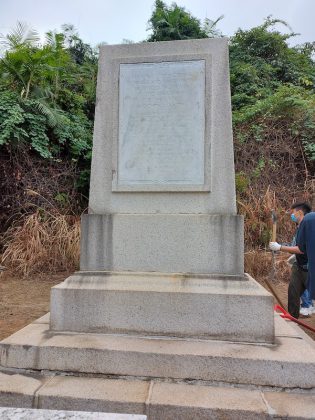
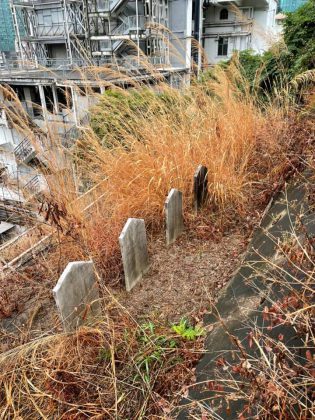
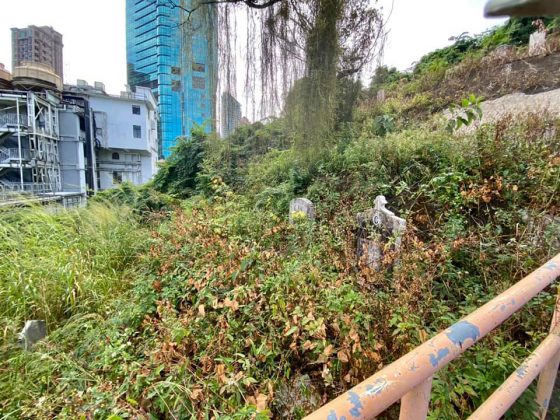
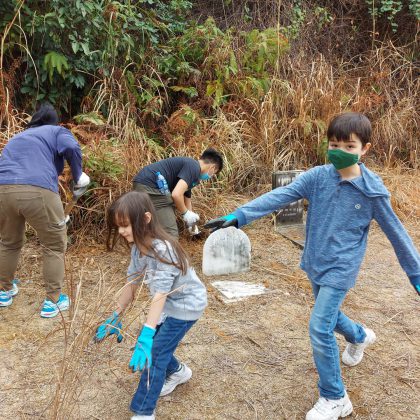
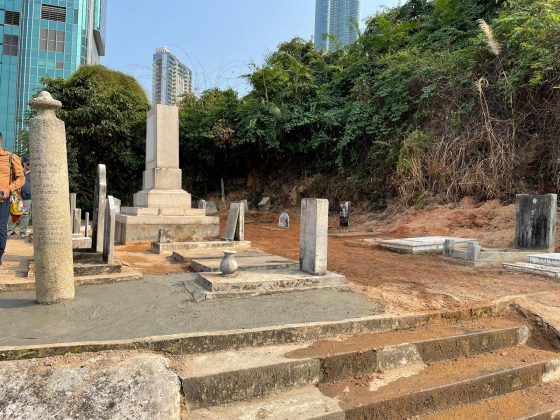
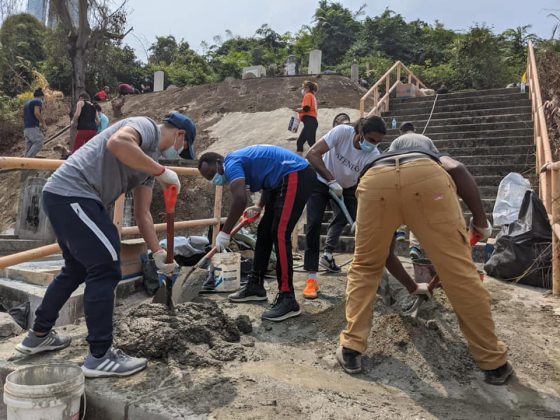

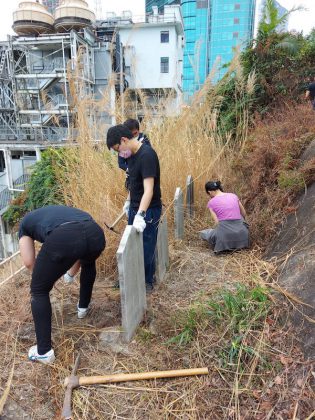

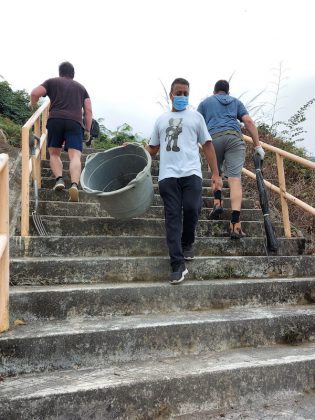
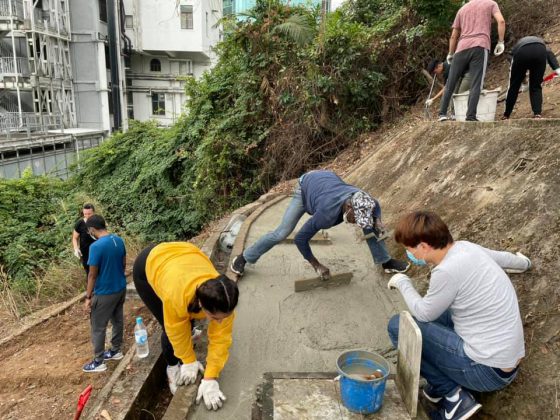
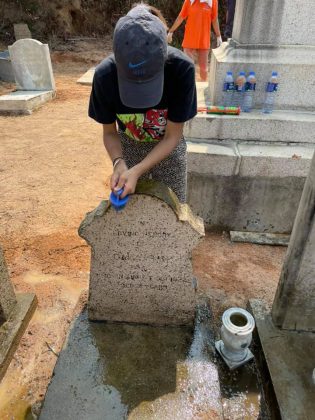
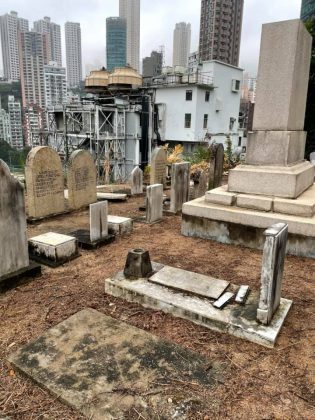
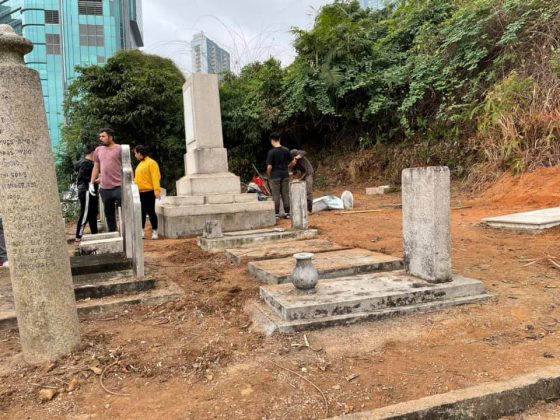
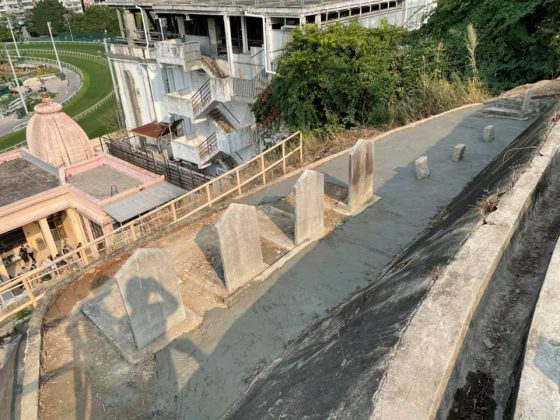
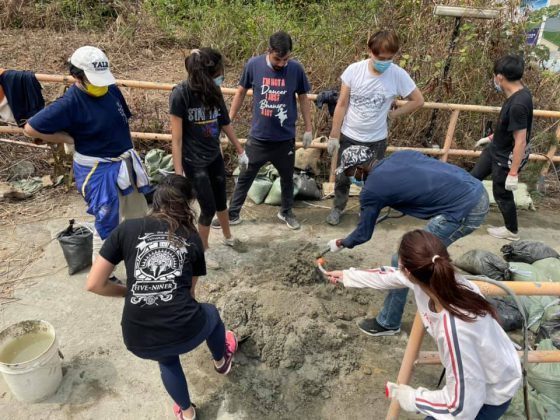
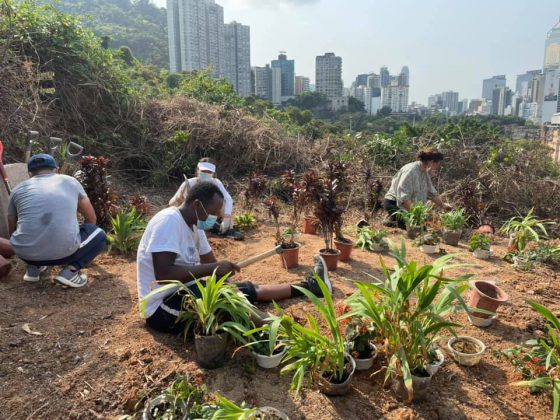
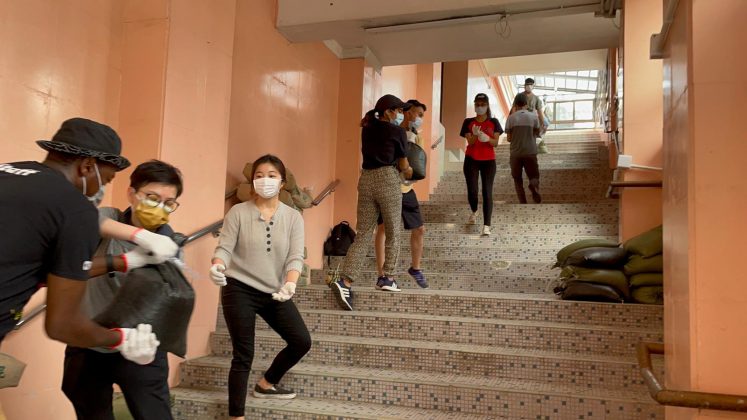
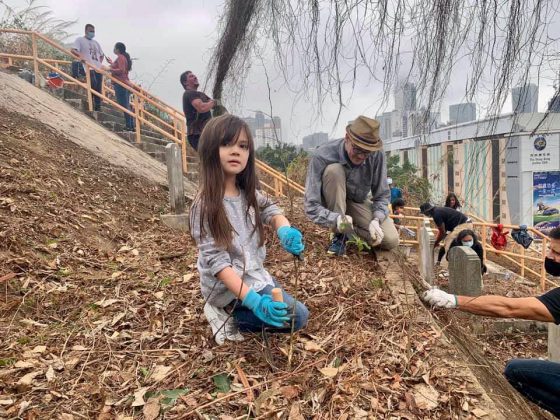
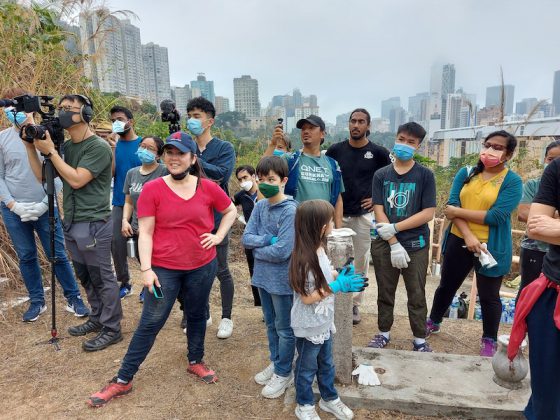

![Powerful Pride documentary Legendary Children [All Of Them Queer] streaming very soon](https://globalindianstories.org/wp-content/uploads/2025/06/Legendary-streaming-release-featured-238x178.jpg)
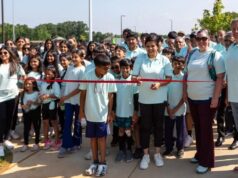
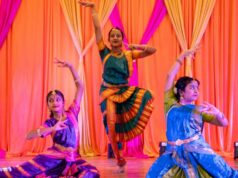

![Powerful Pride documentary Legendary Children [All Of Them Queer] streaming very soon](https://globalindianstories.org/wp-content/uploads/2025/06/Legendary-streaming-release-featured-100x75.jpg)

